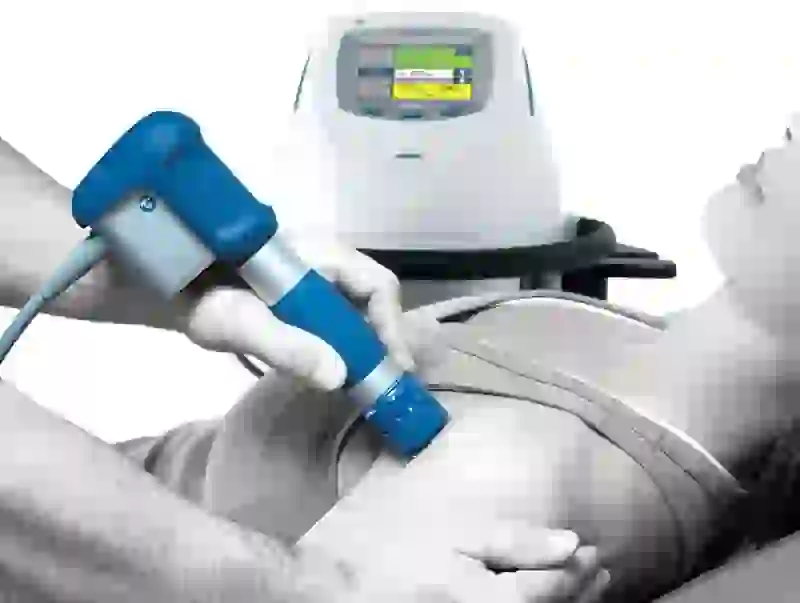As podiatrists and surgeons, we would like to treat chronic plantar fasciitis without the risks and complications that come with conventional plantar fascia releases. We studied lower extremity biomechanics and were taught that in all surgical procedures we must understand and respect the function of the human foot and how each surgical procedure modifies its specific function and stability. Today we will learn everything about.
However, studies of extracorporeal shock wave therapy (ESWT) have proven that we can treat chronic insertional plantar fasciitis without exposing patients to any of the known risks (from infection and nerve entrapment to reflex sympathetic dystrophy (RSD) and calcaneocuboid syndrome) associated with with any type of surgical release of the plantar fascia. Read more.

How Do Shock Waves Work?
So how does this non-invasive treatment work? Well, there is nothing mystical or mysterious about a shock wave. This is nothing more than a sonic boom. The shock wave is created by electromagnets that generate a signal through the water. The signal is directed through a lens to direct all the energy to a single focal point. Using an ESWT device allows the patient's foot to be placed at this focal point where it receives all the directed energy towards the damaged tissue.
A shock wave has certain physical characteristics. There is a high peak pressure (sometimes over 100 MPa), but the average pressure of the shock waves is about 50 MPa with a short life cycle of about 10 ns. In addition, there is, by definition, a fast initial pressure rise of less than 10 ns and a wide frequency spectrum that is typically in the 16-20 Hz range.
When a shock wave penetrates tissue, it can break down and reflect the absorption of kinetic energy by the precise body structures (bones, fat, tendons, ligaments) that are exposed to the shock wave.(1) All methods of producing shock waves (electrohydraulic, electromagnetic and piezoelectric) depend on from converting electrical energy into mechanical energy.)
When a sound wave is transmitted into tissue, there are two levels of transmission: low energy and high energy. Low energy has an analgesic effect by partially or completely destroying cell membranes. When high energy (any energy greater than 0.28 MJ/mm2) comes into contact with damaged tissue, a direct biological interaction occurs. The body will respond by increasing blood flow to the area, initiating vascular neogenesis and the repair cycle. When you apply high energy to the damaged plantar fascia, reparative healing begins. This process results in the formation of fibroblasts and new healthy tissue in the area that was once avascular tissue.



